500px is home to a community of more than 15 million photographers from around the world, and many of them are making the most of it by submitting their images for Licensing. 500px works with two leading stock media providers—Getty Images and VCG (Visual China Group) to get your work in front of image-buyers from around the globe. If your photos sell, you’ll earn up to 60%* of the net purchase.
500px currently has four million images available for Licensing, with more being added every day. Getty and VCG have hundreds of millions of photographs, and Getty alone has more than a million customers. In a market that vast, how do top Licensing Contributors make sure their work stands out?
For starters, they usually upload more pictures than everyone else.
“One of the main reasons a Contributor might not be making sales is related to the volume of submissions,” Paul Friesen, Director of Content at 500px, explains. “Photographers who are successful in monetizing their work are often uploading 25 to 50 photos per week and have large portfolios available for Licensing.”
When it comes to bulking up your portfolio, a key principle to keep in mind is consistency. Licensing is a great way to earn passive income, but that doesn’t mean you shouldn’t be proactive about taking and uploading your images.
“Some Contributors submit one or two images to Licensing as a test and then sit back and wait,” Paul notes. “This is the wrong approach. If you really want to figure out what type of content from your portfolio could be licensed, you’ll need to submit more images in your tests.”
While it is possible to upload one set of images and watch it sell month after month, it isn’t likely—no matter how extraordinary the photos are. Trends change quickly, and buyers favor content that’s new and freshly uploaded.
Set aside a few minutes every week, or every second week, to submit a batch of new images. They can be photos you took for yourself in between client jobs or even shoots you organized with your family and friends. The most important thing is to get your work in front of buyers, and that means keeping a regular schedule.
“You don’t need to carry a camera everywhere with you, but as with anything that you want to improve at, you do need to put in the time,” Paul says. “Unless you have a treasure trove of timeless images stored away in your archives, shoot new content. Don’t bother trying to go through your back catalog unless there are some serious gems in there.”
While regular, routine uploads form the bedrock of a solid Licensing portfolio, it can also pay to mix things up. You want to give buyers as many options as you can. That means submitting a variety of different crops, angles, and perspectives.
Keep in mind that if a website designer is looking for a banner, for example, they’ll need a landscape orientation, while a magazine designer will need a vertical image. A new environment can transform the whole mood of a portrait session, so if you’re on set with a model, try to grab some photos against different backgrounds—both indoors and outdoors.
The “more is more” rule is a good guiding principle, but it comes with one major caveat: it won’t work if all the images you’re submitting are identical to one another. It’s good to upload a range of photos from the same series, but they have to be distinct in some way—whether it’s orientation, layout, or concept.
“Similar images of a model or scene—with only slight variations in pose, expression, or angle—won’t work,” Paul explains. “Our partners’ customers are busy. They want options, but they don’t want to be overwhelmed trying to distinguish minute differences between photos.”
Aiming for variety isn’t about changing the way you work; in fact, having a solid niche is a great way to establish yourself as a Contributor. Instead, it’s about making small, everyday choices that ensure your photos will appeal to a large cross-section of buyers. If you can get your photos to show up across more than one category or content vertical, like “travel,” “landscape,” and “people,” you’re on the right track.
“If you’re a landscape photographer, it’s not that difficult to introduce a model or two into your shoot,” Paul explains. “Sure, it’s painful to collect a model release and coordinate another human on your shoot, but it never hurts to add a human element to your work. This can improve the image’s commercial viability.”
Licensing briefs and trending topics shouldn’t run your life, but you should hold them in the back of your mind. If you’re able to introduce some of them into a shoot you’ve already planned for a client or personal project, even better. Grab a few extra images for your Licensing collection if and when the opportunity presents itself. Your next best-seller could surprise you.
“Start with what you have at your disposal and focus on commercial images that can be used by advertisers and publishers to sell a product or service,” Paul continues. “These are images that have a message, have space for words, are versatile, and are technically sound. If you can picture it being used for an advertisement (digital or print), billboard, or book cover, you’ve got a commercial image.”
Submit as many images as you can, but be deliberate and intentional in your approach. Stay objective, and skip any shots that aren’t up to par—technically or conceptually.
“When you’re selecting from similar images, ask yourself, ‘Which are the most versatile?’” Paul advises. “Submit the images you think best represent the idea or object you’re portraying, and consider fresh interpretations of common subjects. There are photos of almost everything imaginable, but clients are always looking for reinventions of the most-used themes.”
The quality of your photos is just as important as quantity. The better the image, the longer its shelf-life. “Authentic images that feature real and believable scenes—but also display an attention to production value—are always in style,” Paul says. These are the kinds of photos that sell month-after-month, even as you add newer images to your roster.
To build a portfolio with long-term earning potential, combine timeless topics with hot, trending ones. Submitting too few images is a common mistake made by new Licensing Contributors, but it’s almost impossible to submit too many.
Remember: the best portfolios are those that grow and expand over time, not those that stay exactly the same.
*Photographers earn 60% from the purchase of images sold exclusively through 500px. This means that they are not available for Licensing anywhere else. Non-exclusive images fetch 30% for the photographer.
Learn more about 500px Licensing here.

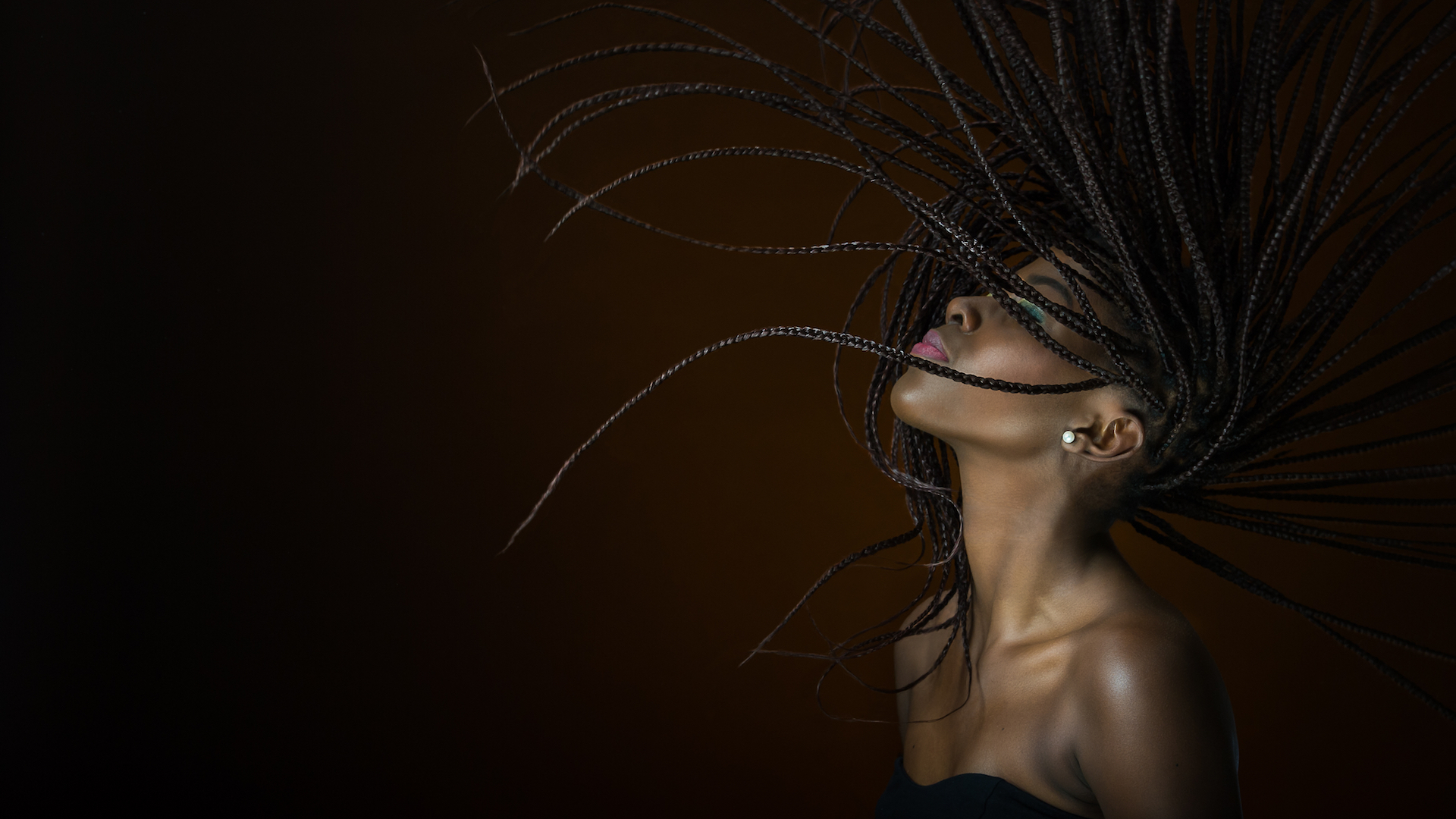





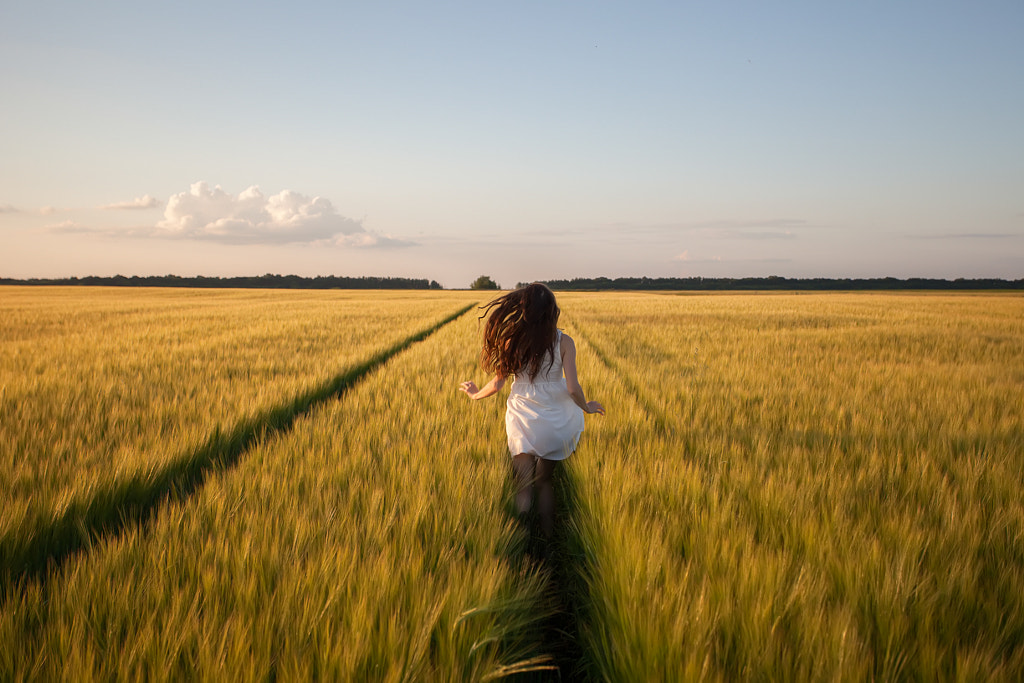
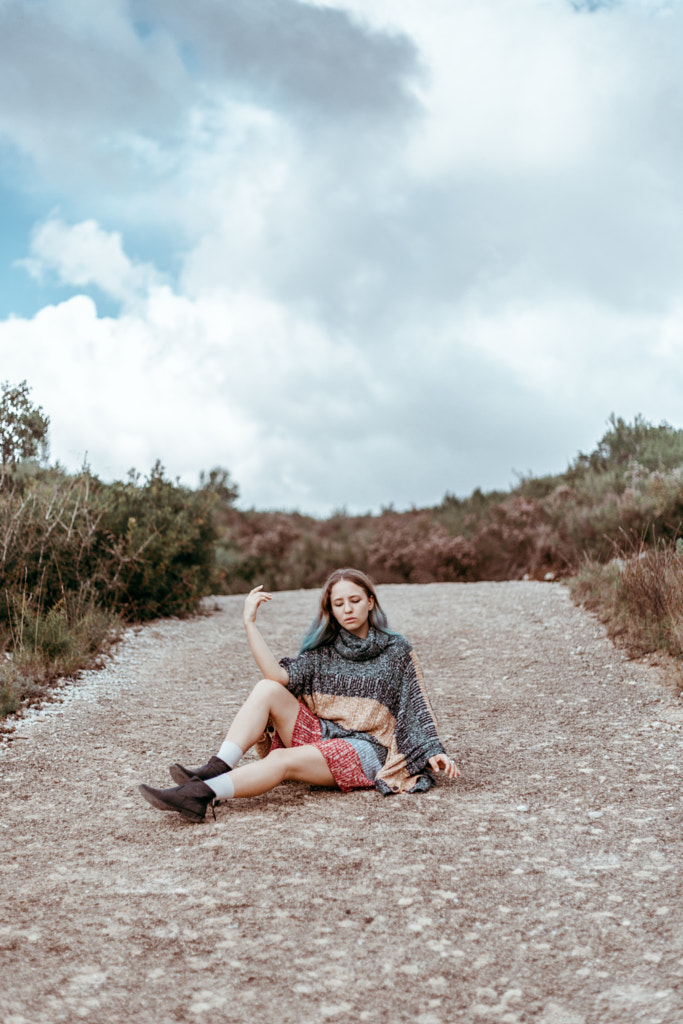
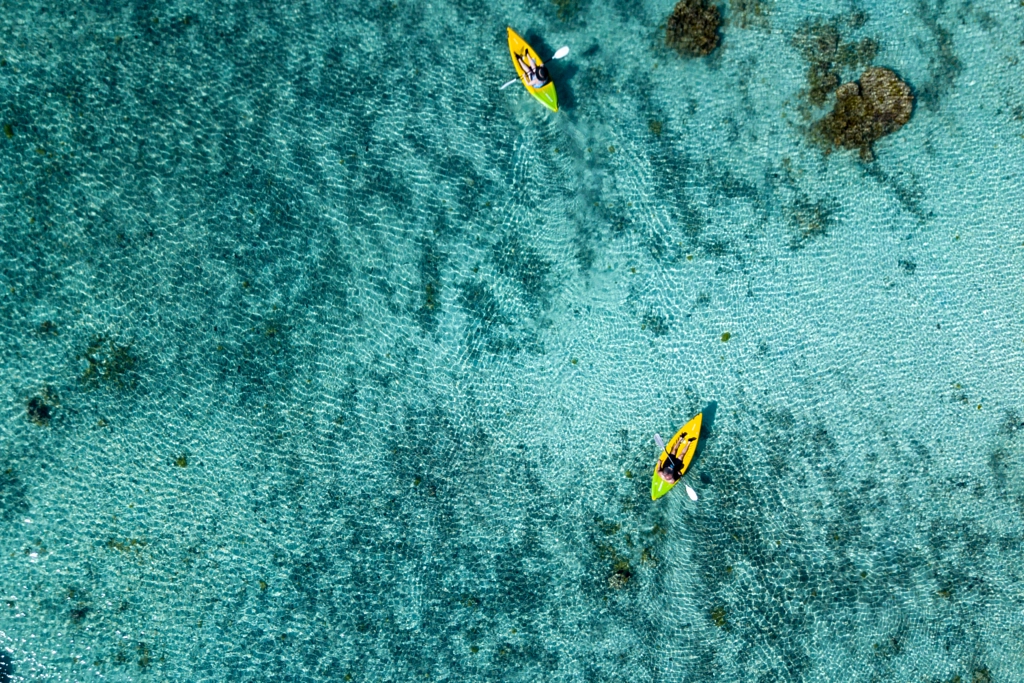
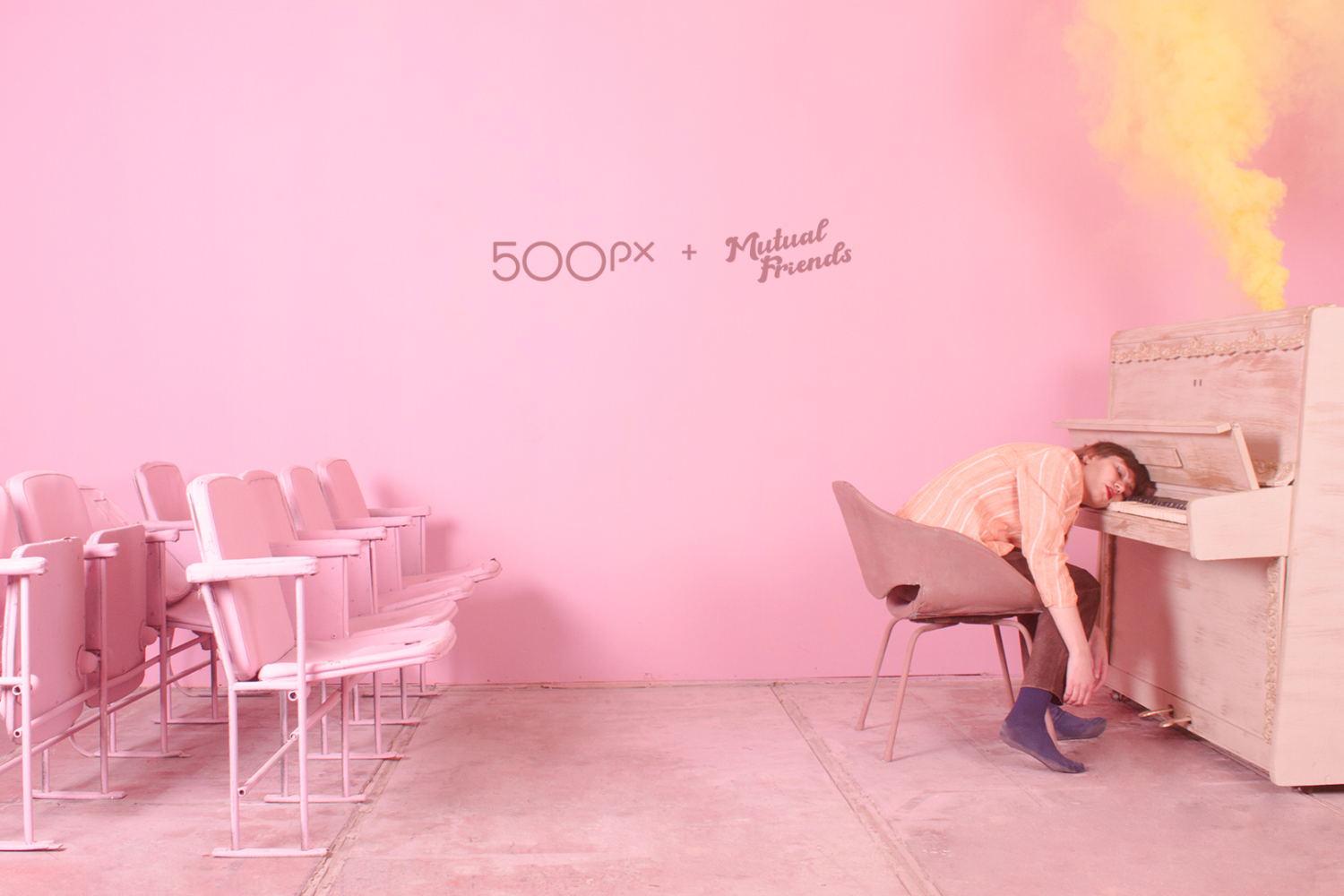
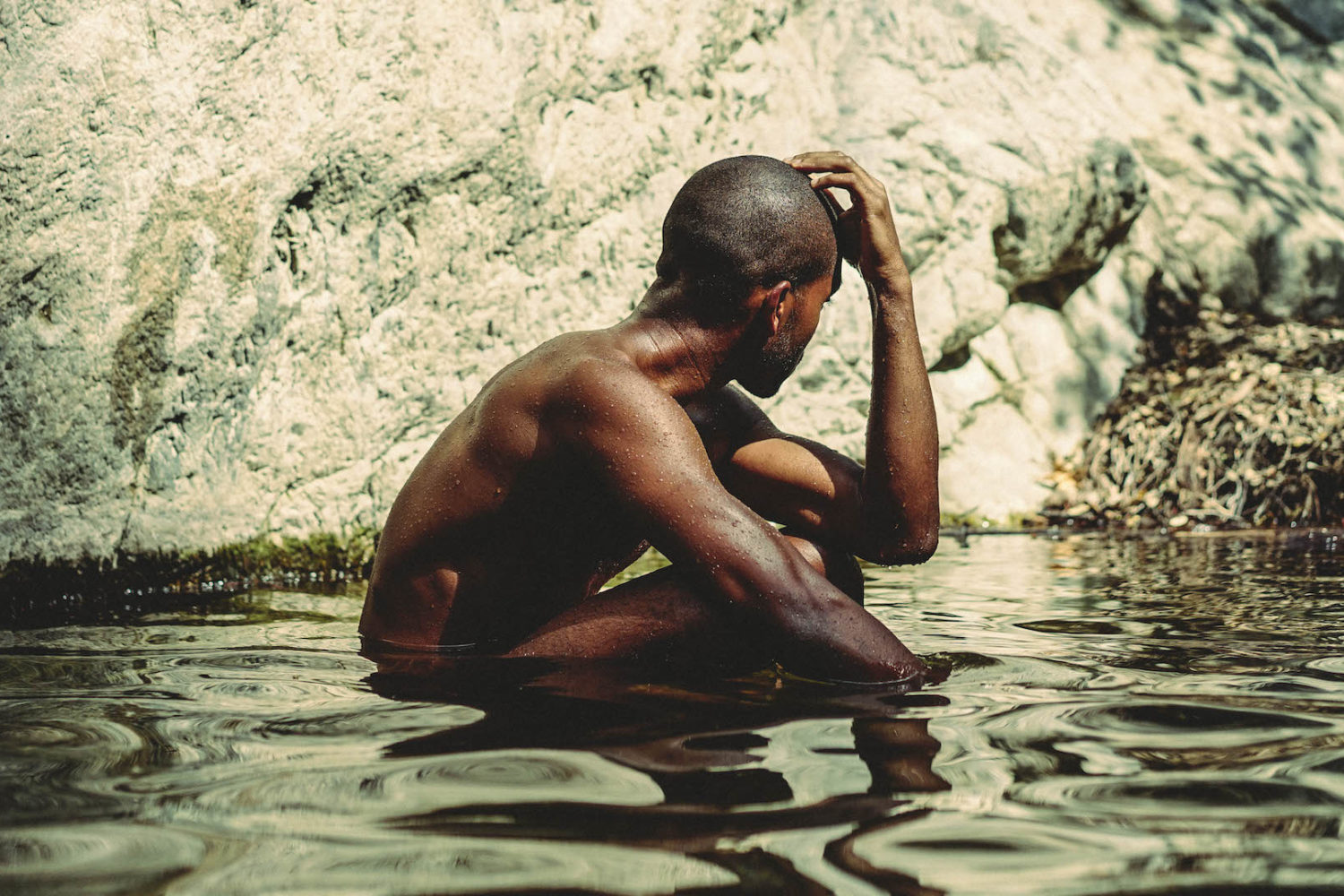



Leave a reply